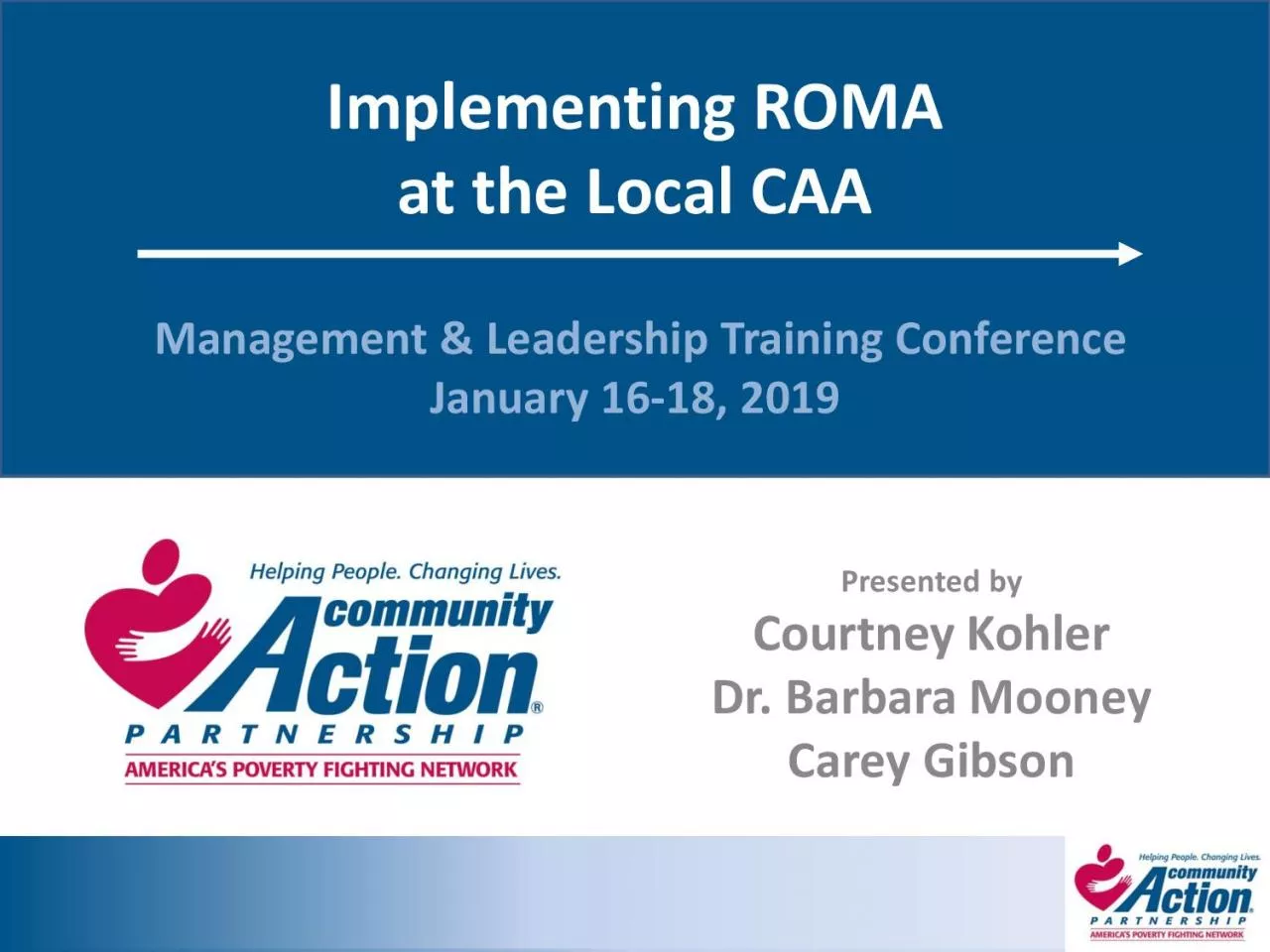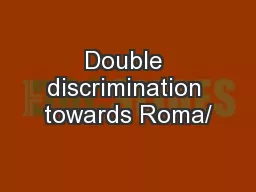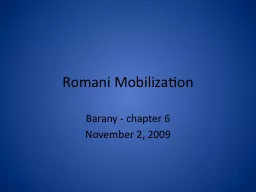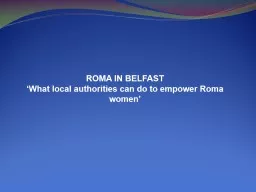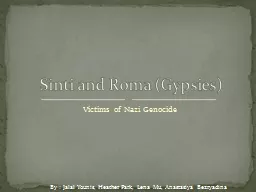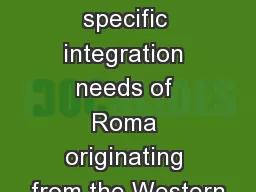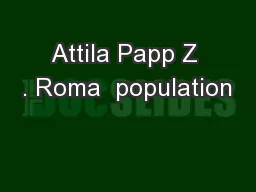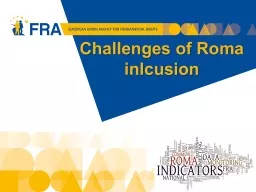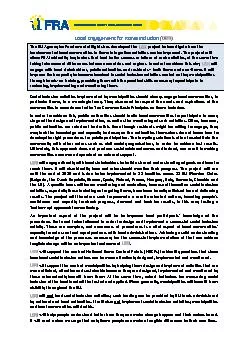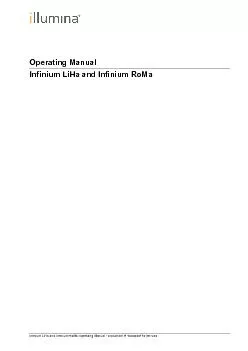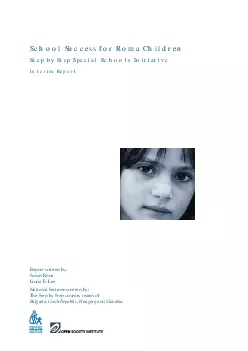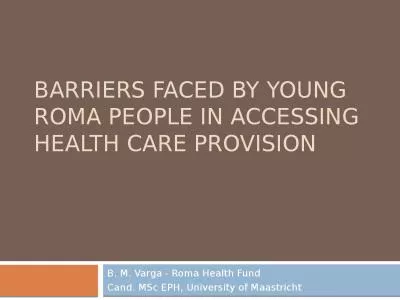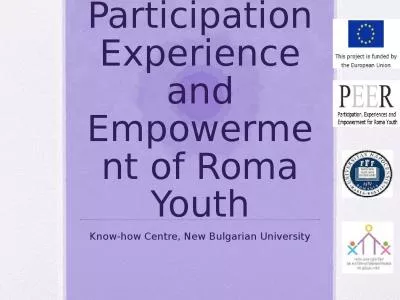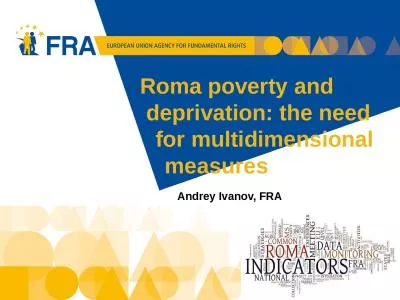PDF-Implementing ROMA
Author : fiona | Published Date : 2021-08-21
at the Local CAAManagement Leadership Training Conference January 1618 2019Presented byCourtney KohlerDr Barbara MooneyCarey GibsonLearning Objectives for TodayUnderstand
Presentation Embed Code
Download Presentation
Download Presentation The PPT/PDF document "Implementing ROMA" is the property of its rightful owner. Permission is granted to download and print the materials on this website for personal, non-commercial use only, and to display it on your personal computer provided you do not modify the materials and that you retain all copyright notices contained in the materials. By downloading content from our website, you accept the terms of this agreement.
Implementing ROMA: Transcript
Download Rules Of Document
"Implementing ROMA"The content belongs to its owner. You may download and print it for personal use, without modification, and keep all copyright notices. By downloading, you agree to these terms.
Related Documents

